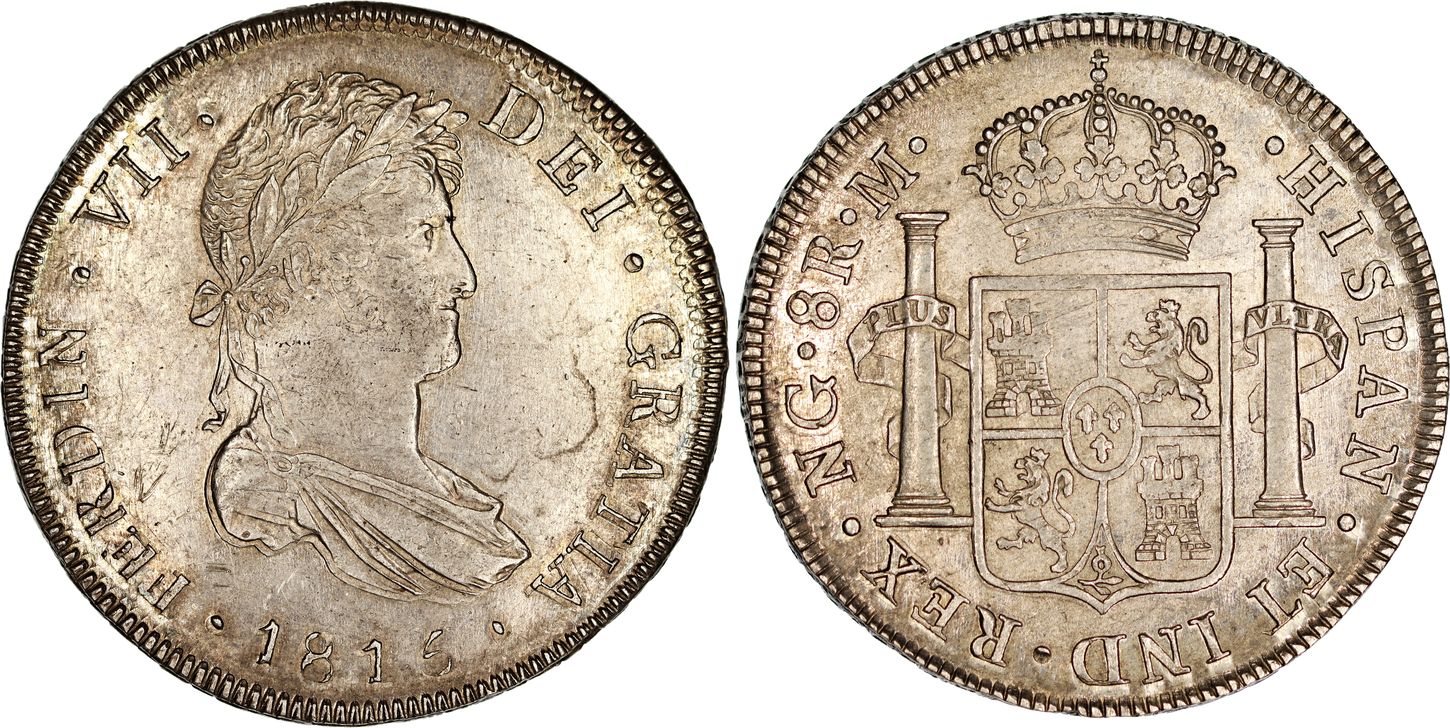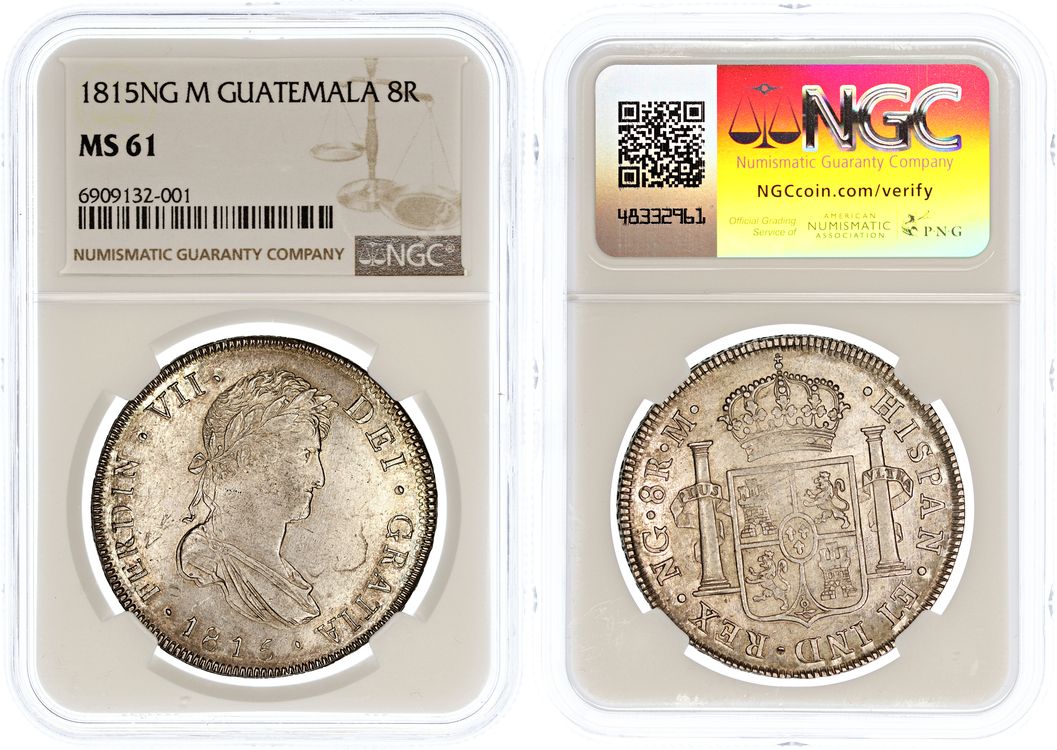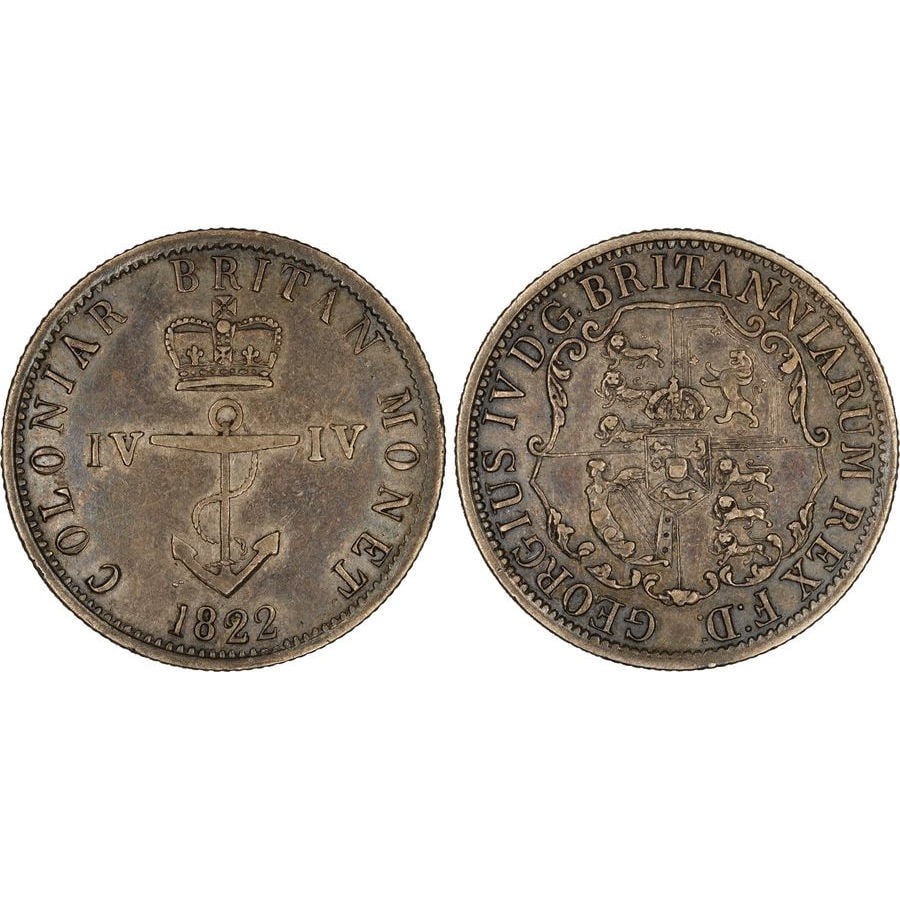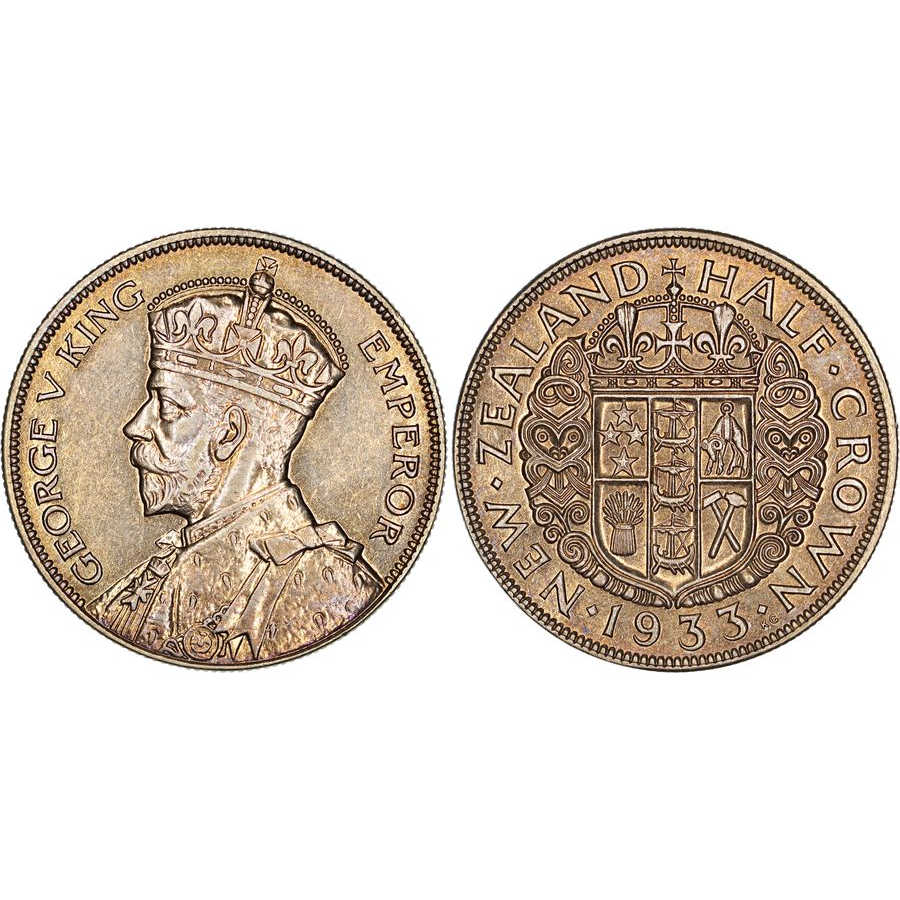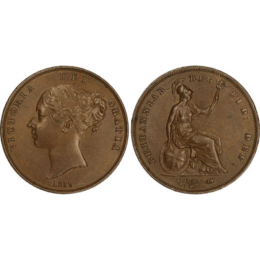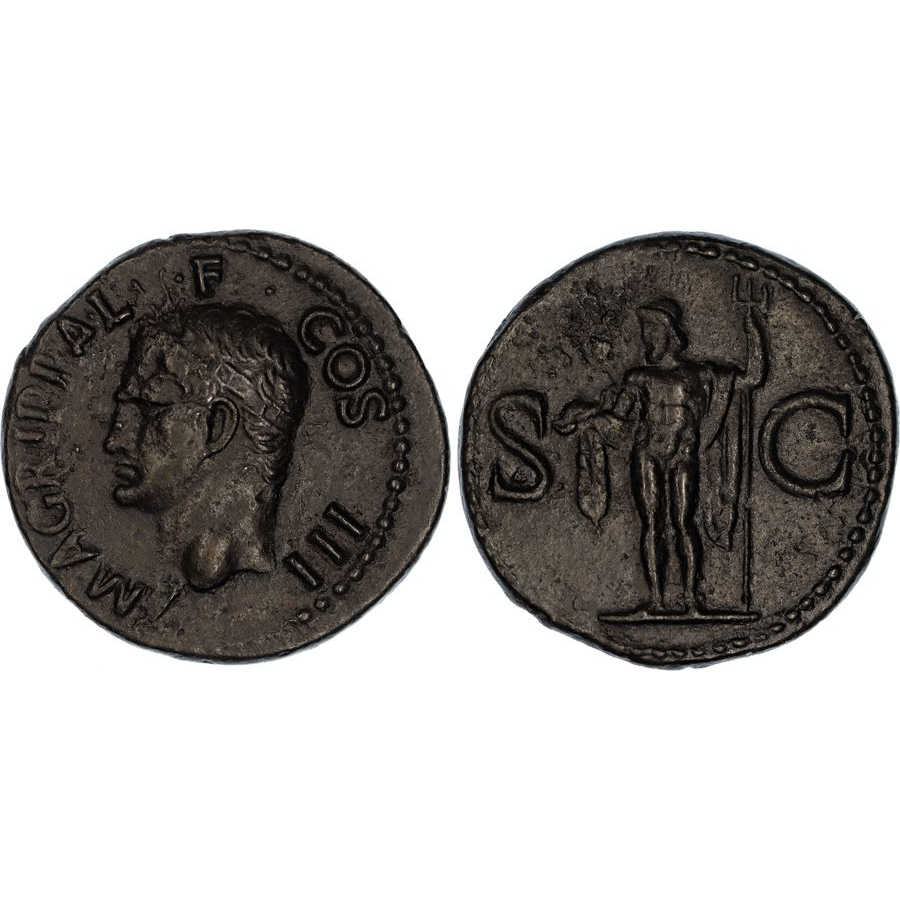Description
Spanish Empire, Viceroyalty of New Spain, Ferdinand VII of the House of Bourbon-Anjou, King of Spain 1813-1833 AD, Silver Eight Reales, 1815 NG M, Guatemala City mint. Obverse: Laureate and draped bust of King Ferdinand VII facing to the right, date below, legend surrounds, “·FERDIN· VII· DEI· GRATIA·”. Reverse: Royal Coat of Arms of the Kingdom of Spain, Pillars of Hercules type (1700-1868), legend surrounds with mintmark, denomination and assayer toward the end, “·HISPAN· ET IND· REX·”. KM-69. Certified and graded by NGC as Mint State 61. Awash with a lovely patina consisting of a subtle grey supplemented with amber hues supporting the devices, quite a collectible example.
The Latin legend begins on the obverse and continues on the reverse, reading in full and unabridged as “Ferdinandus Septimus, Deī Grātiā, Hispāniae et Indiae rēx”, with an English translation of “Ferdinand the Seventh, by the Grace of God, King of Spain and the Indies”.
The Eight Reales, also known as the ‘piece of eight’ or the ‘Spanish dollar’, was a large silver coin struck by the Spanish Empire following the monetary reform of 1497 and was a keen rival to its other large silver contemporaries such as the Holy Roman Empire’s Reichsthaler Specie and later Conventionsthaler (post 1754), the English Crown, the Dutch Daalder, the Scandinavian Daler, and Old Swiss Confederacy Thaler. At the time of the ‘Pillar’ and ‘Bust’ Dollars of the 18th and 19th centuries, the Eight Reales was struck to a fine silver weight of 24.809g and, after 1772, 24.443g. Due to its high degree of circulation within the expansive Spanish Empire and its uniformity in standard and milling characteristics, the Eight Reales was widely recognized as the first international currency and consequently was one of the monetary denominations chosen by Philip Gidley King, the Governor of New South Wales, for the Australian Money Proclamation of 1800 – Australia’s first monetary system. In order to retain coinage within the Australian colonies, each ‘Proclamation coin’ was given a high face value – the Spanish Dollar was revalued to Five Shillings, the same as an English crown despite having less fine silver.
